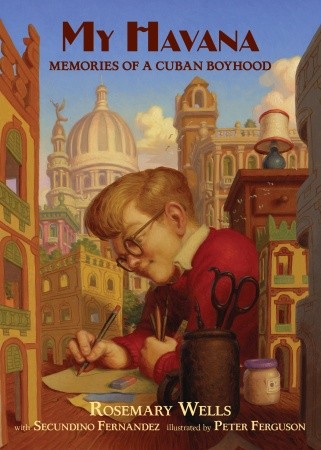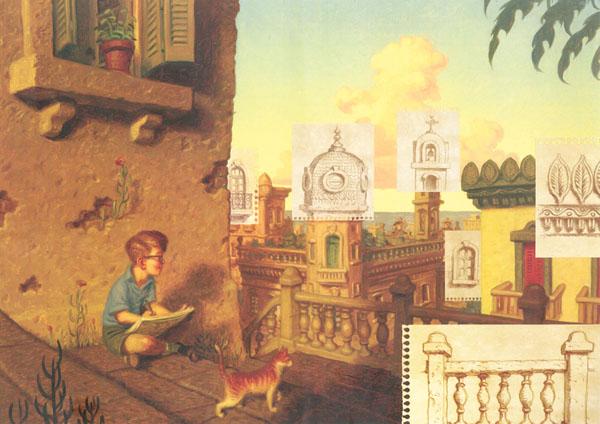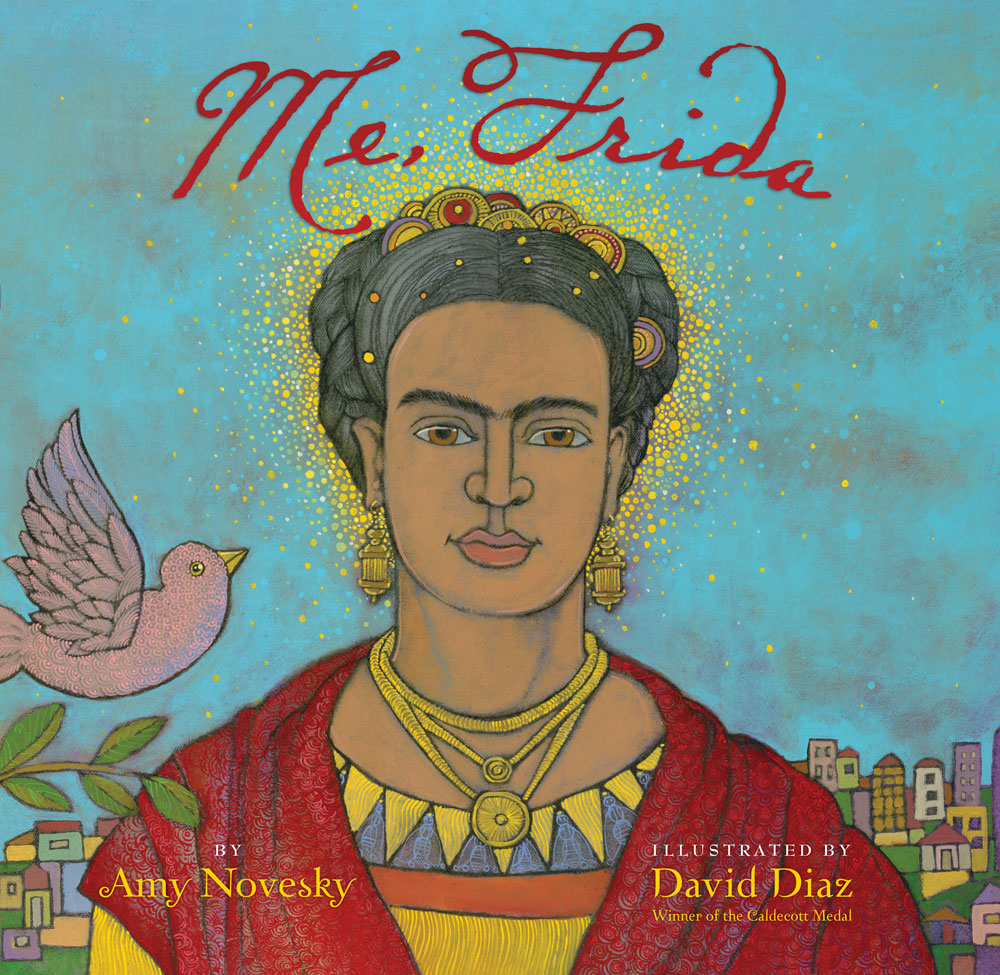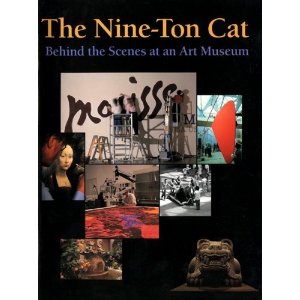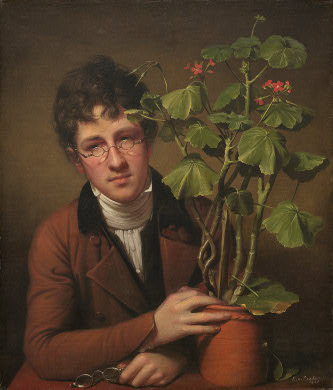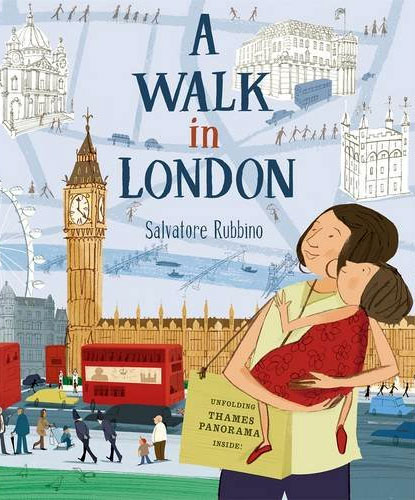 A mother and daughter take A Walk in London in this lively, lovely picture book guide to the city by Salvatore Rubbino (Candlewick, 2011). Their day begins at 11am in Westminster and includes Buckingham Palace and the Changing of the Guard, the lions in Trafalgar Square, lunch at Covent Garden, a climb up to the dome of St. Paul's Cathedral, the Bank of England, the Tower of London, and a boatride on the Thames. For the record, it took my daughter and I ten days to do all of that! (But we went to the British Museum, too.)
A mother and daughter take A Walk in London in this lively, lovely picture book guide to the city by Salvatore Rubbino (Candlewick, 2011). Their day begins at 11am in Westminster and includes Buckingham Palace and the Changing of the Guard, the lions in Trafalgar Square, lunch at Covent Garden, a climb up to the dome of St. Paul's Cathedral, the Bank of England, the Tower of London, and a boatride on the Thames. For the record, it took my daughter and I ten days to do all of that! (But we went to the British Museum, too.)
While the main text recounts the day's events in the daughter's voice ("Hello! There's me, and that's my mom!"), spot text in a smaller font highlights related trivia (during a sudden shower, "London is Europe's third rainiest city. About twenth-three inches of rain falls here every year"). Rubbino's mixed media illustrations, often double-page spreads of city scenes, are carefully laid out and layered with just the right amount of detail. They also have lots of retro appeal. Here's an example from his first picture book, A Walk in New York (Candlewick, 2009; I couldn't find any interior images of London online):
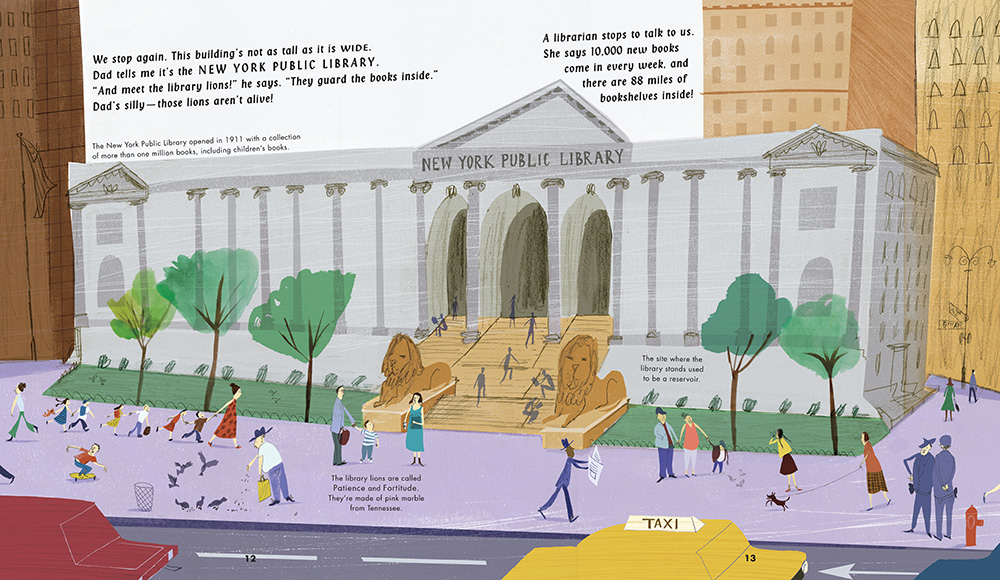
London features a foldout Thames Panorama that would have come in handy on the London Eye, while the endpapers trace the mother and daughter's route on a map of the city. Don't forget to look for the royal family's car along the way!
Reminiscent of but more child-friendly than M. Sasek's classic This is London (1959; reissued by Universe, 2004), the picture book we referred to most prior to our trip, A Walk in London is the one we read to remember it. Mr. Rubbino, if you're reading this, please take us on a walk in Rome next!
